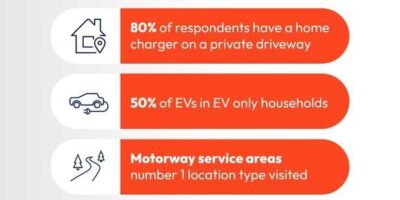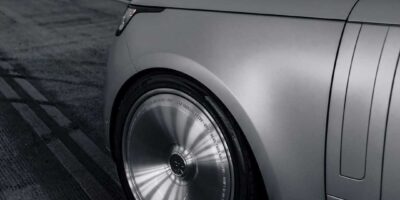As more people start to need their vehicles for driving to work or to take exercise – in England at least – it’s likely that some will be frustrated to find their battery has lost its charge during an extended period of inactivity.
Breakdown organisations report that this is one of the most common causes for call outs at the moment.
If the worst happens and you do emerge from lockdown to find your vehicle battery is flat, jump starting the car with jump leads can cause damage. For some modern cars it is even not possible or requires specialist equipment. So, you should always consult your manufacturer’s manual at the first stage to understand their recommendation on what to do in the event of a flat battery. If jump starting is not possible, contact a garage or breakdown service who may be able to provide support.
If your car does allow jump starting, Tim Shallcross, IAM RoadSmart’s head of technical policy and advice, has these tips on how to do it safely:
Before you start, check the handbrake is on, the gears are in neutral and the lights and all other electrics are switched off.
Make sure the engines and ignition are off in both cars – put the keys in your pocket as modern cars can lock themselves when leads are connected to a flat battery.
Next, connect the red lead to the positive terminals on each car battery.
Now connect one clip of the black lead to the negative terminal on the donor car, the one with the charged battery. If someone is helping you, unless they’re from your own household, remember the two metre social distancing rules are still in effect.
Connect the other black clip to a metal part of the engine of your car, well away from the battery. This is important because there may be a small spark when you complete the circuit and batteries can give off hydrogen. Keeping the spark away from the battery prevents any possibility of igniting the hydrogen. Some cars have a recommended point for doing this, so check the manual to ensure you are following manufacturer’s guidance where it is available.
Start the donor car and leave it running for about 15 minutes to charge your battery. Leave your ignition off.
Switch off the donor car, disconnect the black lead from the engine on your car, and then from the battery of the donor car. Disconnect the red lead. Do not be tempted to try turning on your ignition until after you are sure that all the leads are disconnected, as any power drain may damage your donor’s battery.
If, when you attempt to start your car it still doesn’t work, try the process again leaving a little more time for the charge to have an effect. If you still can’t start the engine, you will need to seek advice from a garage or breakdown service.
Tim Shallcross said: “Keeping your car healthy during the lockdown, or any extended period of inactivity is important. Your tyres and handbrake should also be checked regularly. And when you are ready to get going again and government advice allows, remember to check the whole vehicle and yourself in good time before you set off by completing POWDERY checks of petrol (or fuel), oil, water, damage, electrics, rubber and last but by no means least, you.
“That way, you can be as confident as possible that you and your vehicle are fit for the road and you can continue to play your part in managing demand on the NHS and other emergency services.”
You can read more tips on lockdown vehicle health care here.
*Article Source https://www.facebook.com/IAMroadsmart







